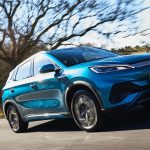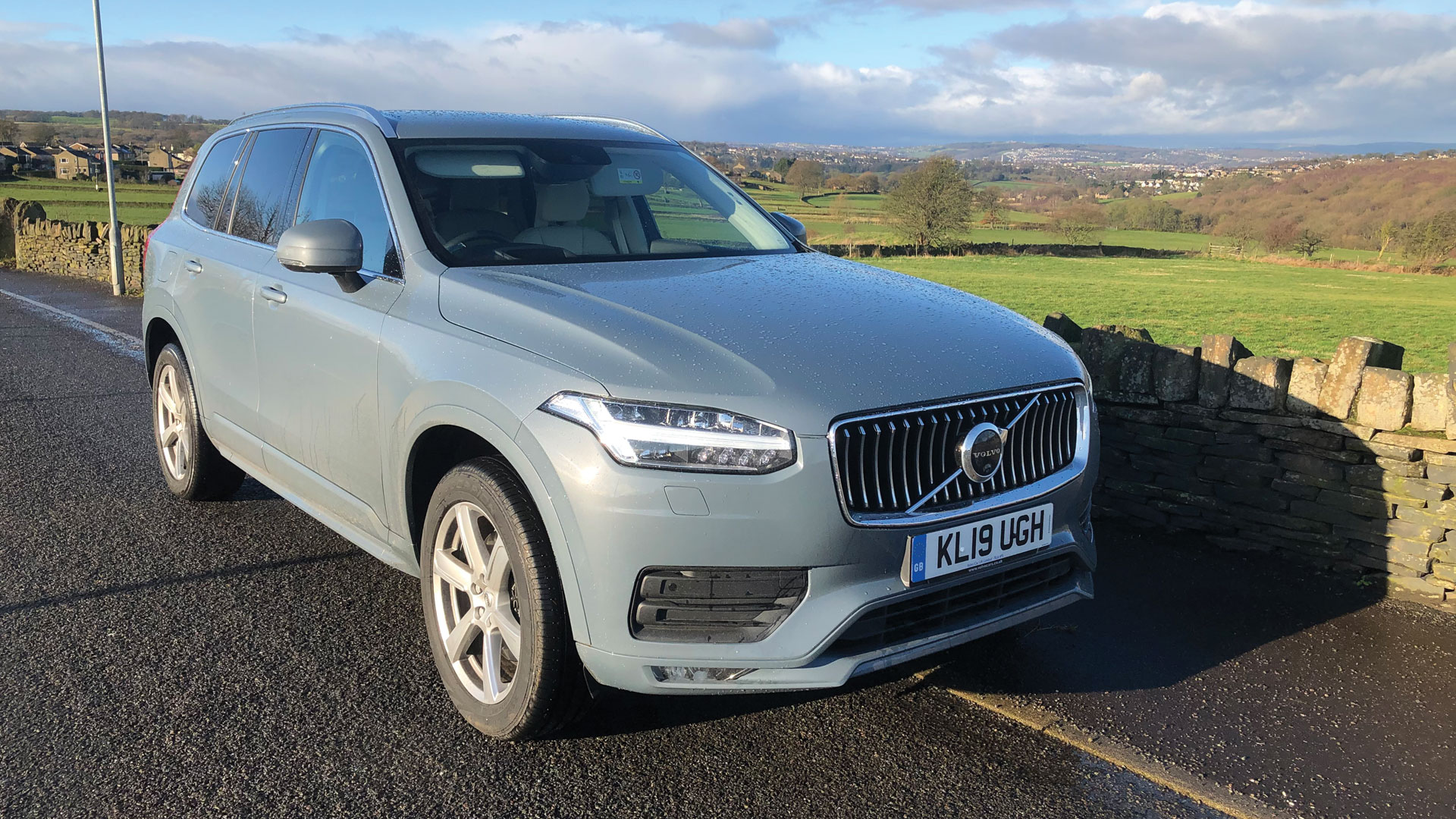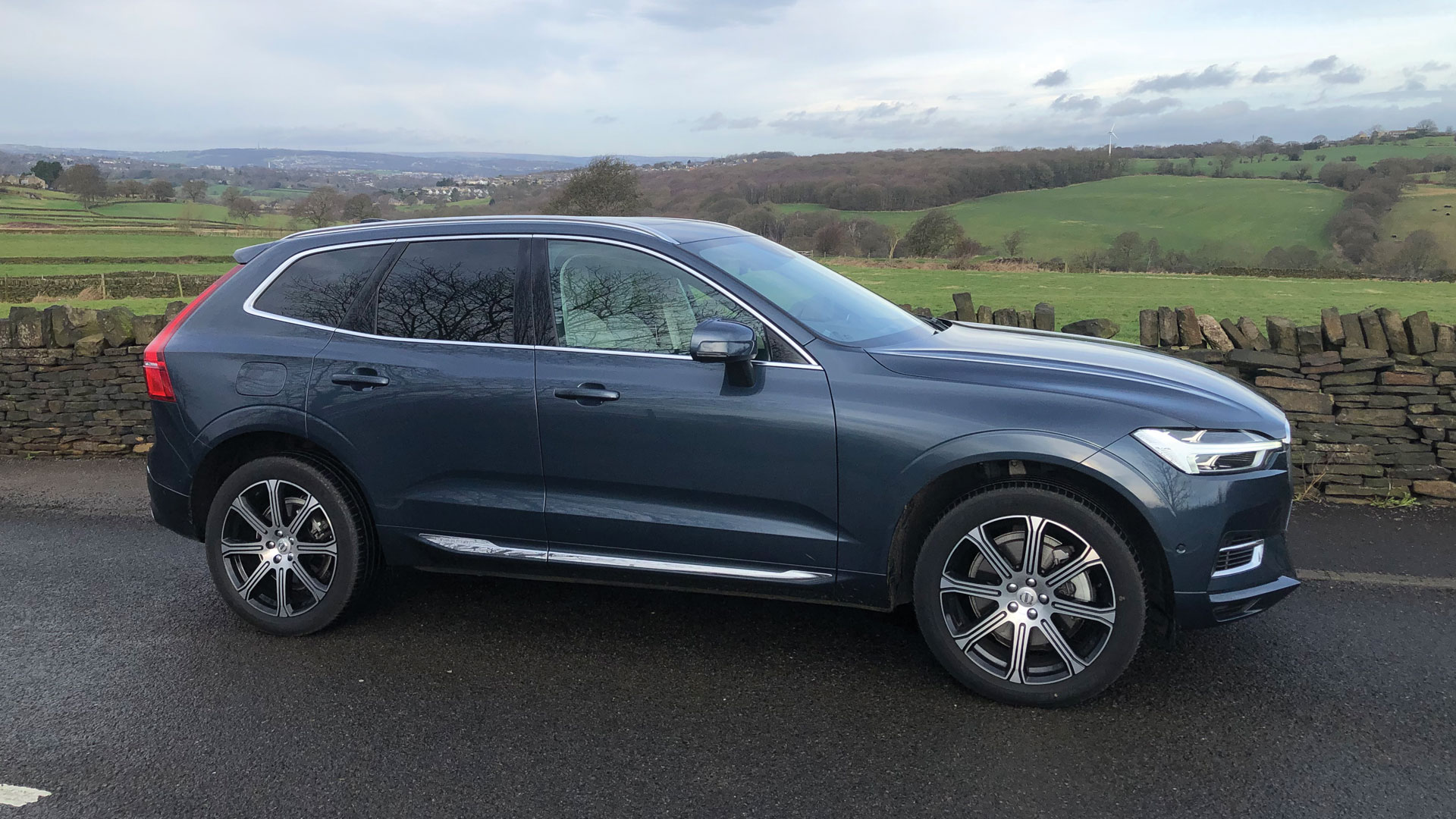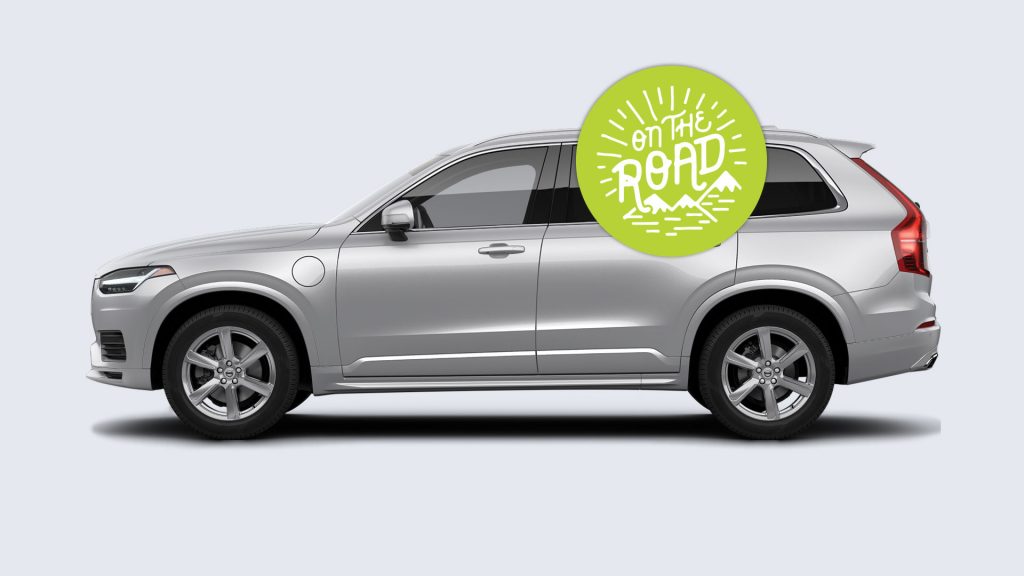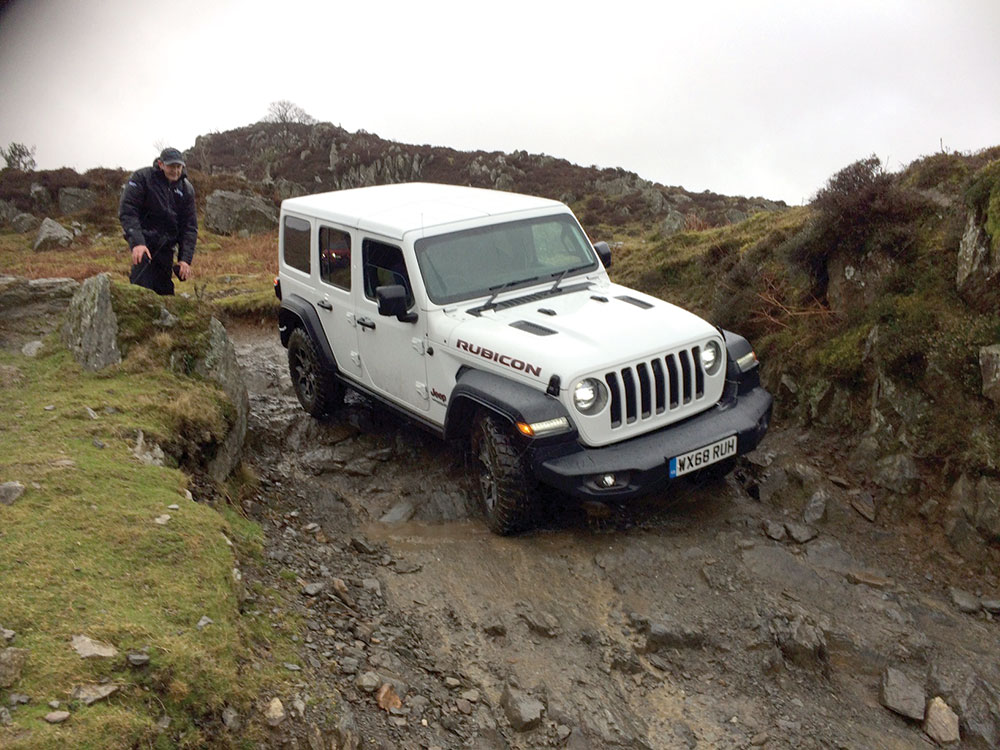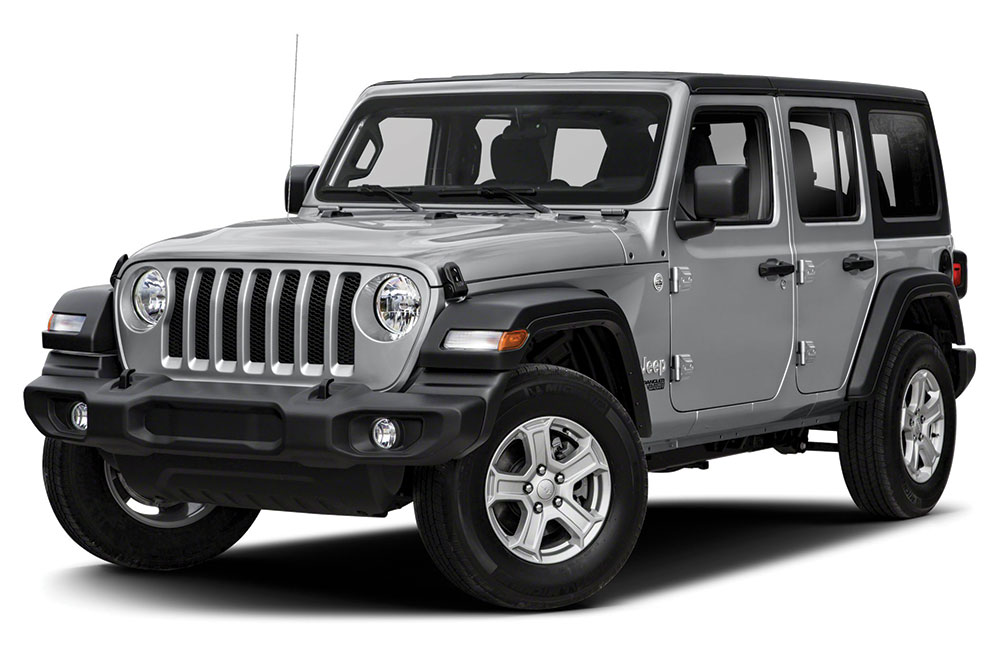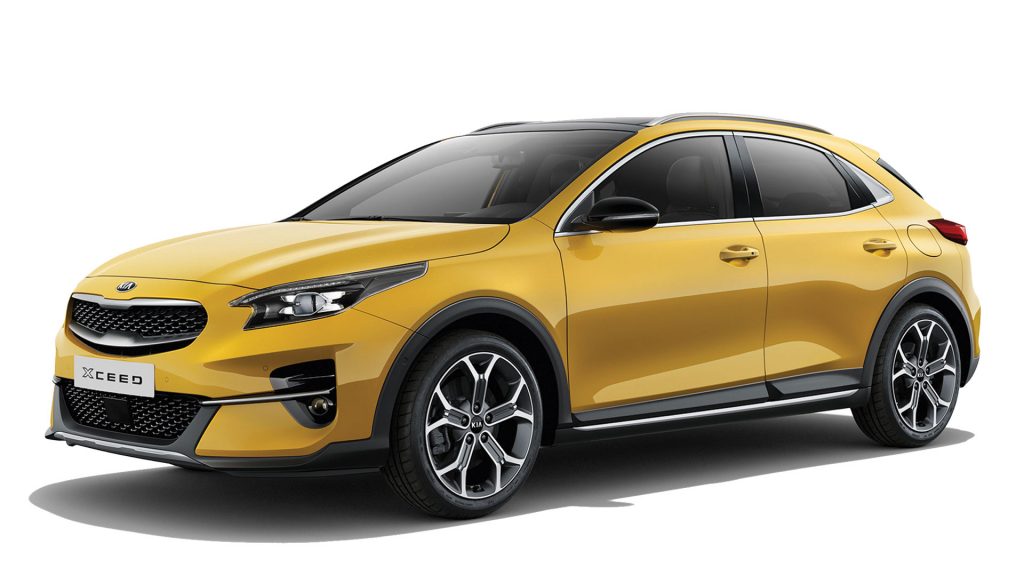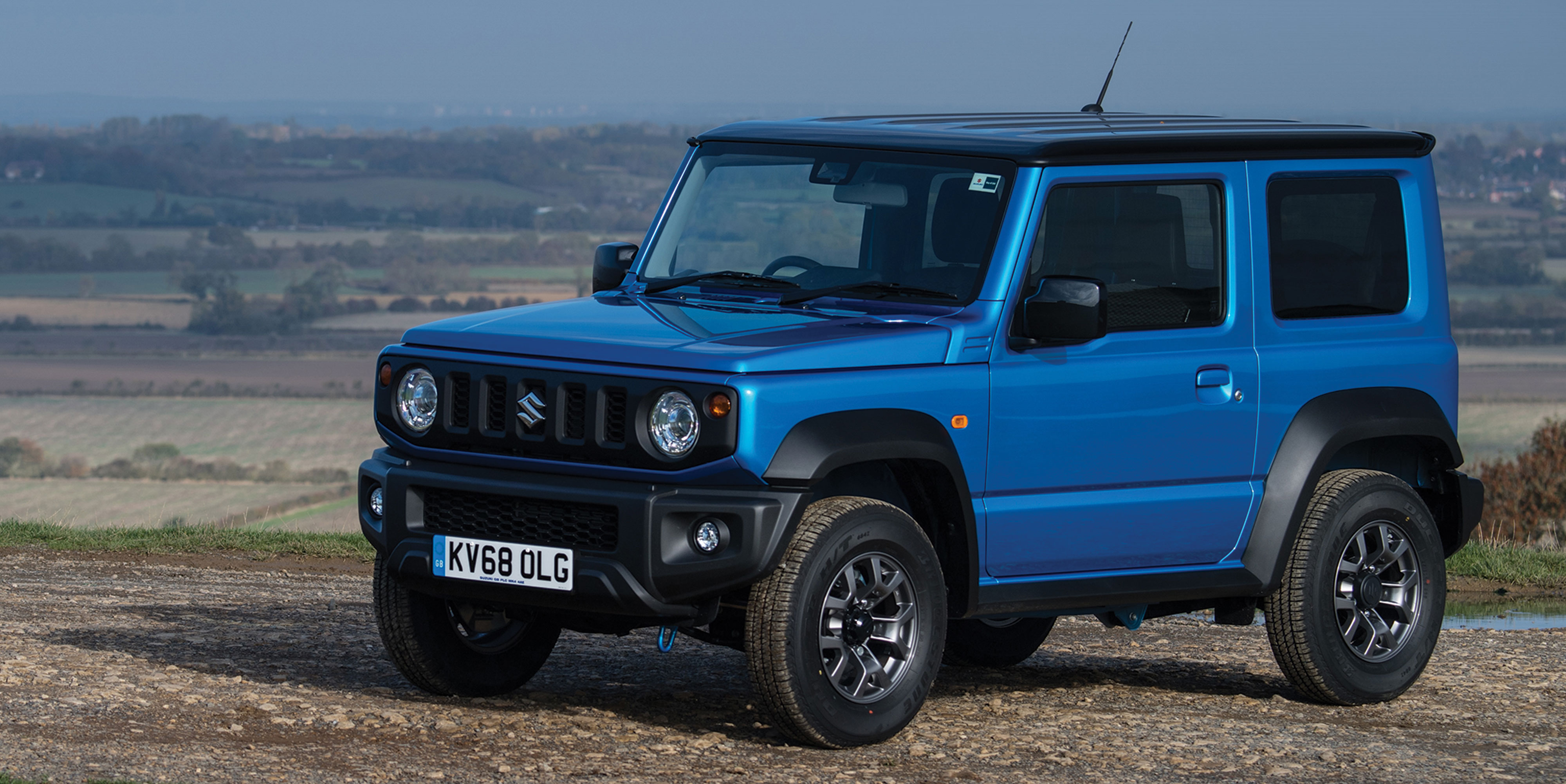First Driving Impressions Audi Q3 Sportback
From the front there is hardly any difference to the well-loved, and very popular standard Q3, if in fact you can call a Q3 standard. But move to the side of the car, and a whole new world opens up. There are sharper creases on the doors, and the engineering to produce such perfectly shaped metal. Go around the back and it has a sloping roof, and looks like a very sexy coupé. The front wings and rear wings with their contoured haunches over the rear wheels look quite dramatic, a very handsome looking SUV.
Audi have produced this car to offer customers something a bit different, those loyal to the brand, and there are plenty of them could have gone elsewhere to buy a good-looking SUV, but to combat any deserters Audi have come up with the perfect solution.
The car we had on test was the Q3 Sportback 35 TDI S Line with the S-Tronic automatic gearbox that has a UK basic price of around £37,000, but the test car had a few nice options that bumped the price up to nearly £43,000.
Like all new Audis, it has the new badging system that is a bit difficult to explain, especially to friends and neighbours when you are in a rush. This Audi had 35 on the rear door, and people always say, bet that goes, having a 3.5-litre engine. When in reality, the 35 is a power range that is applicable to both petrol and diesel engines, good idea in principal, but not sure it works in reality.
This 35 TDI produces something that we do understand, and that is a 2.0-litre diesel that produces 150ps, goes from 0-62 mph in 9.3 seconds, a top speed of 127 mph, where permitted.
The interior space for passengers appeared to be about the same as the Q3 Hatch. Luggage space with the rear seats folded down is 1,400-litres, and with the rear seats up it is a very handy 530-litres. You would think with it having that sloping-coupé-like roof it would lose some space, but not at all, it probably has more room than some of its competitors.
Driving the car around Yorkshire for a few days proved it can ride the potholes and lumpy roads very well, and felt solid and safe, and has loads of standard safety equipment. In other words, typical Audi.
The interior is very similar to the Q3 Hatch, with very few changes, but there really don’t need to be any changes as the Q3 has plenty of modern design features. Although the plastic and trim at eye level, and those you are looking at all the time are up to a very high standard. But look a bit lower down and they can feel a bit hard and scratchy.
The infotainment system on the Sportback is the same as the Hatch, you get a 10-inch touchscreen as standard and a 10-inch digital Virtual Cockpit display that replaces the conventional analogue dials. These screens are so easy to use and very intuitive. This is reflected in all the systems, including the standard satellite navigation system and telephone system.
The Q3 Sportback is a lovely car to drive, it has a raised seating position so makes vision so much better. It is quiet, with hardly any road, wind or engine noise, thanks to its advanced sound insulation system, including the insulated windscreen.
Audi have designed and developed a very attractive 5-door SUV Coupe that looks brilliant from every angle, a car that will appeal to a wide range of people, and is bound to sell well.




